Sac State is a commuter school. But what does that mean? We may think of the typical college student as someone living on or near campus, but the reality is very different. Almost 90% of American college students are “commuter students” – a term that, in this case, means all students who live in off-campus housing that is not supplied by the university. While some colleges are located in areas where such students could commute via walking, biking, or taking public transportation, the easiest method for many Sac State students is driving. It should not come as a surprise, then, that parking has always been an issue at Sac State. However, beyond the issue of parking, Sac State’s status as a commuter school has also profoundly impacted its campus culture.
When Sac State had moved to its current campus in 1953, the lecture halls were completed but the campus was otherwise a “sea of mud” (Figure 1). That included its parking lots. Students and faculty who drove to campus waded through mud only to discover later that their cars had sunken into that mud while they were in class.
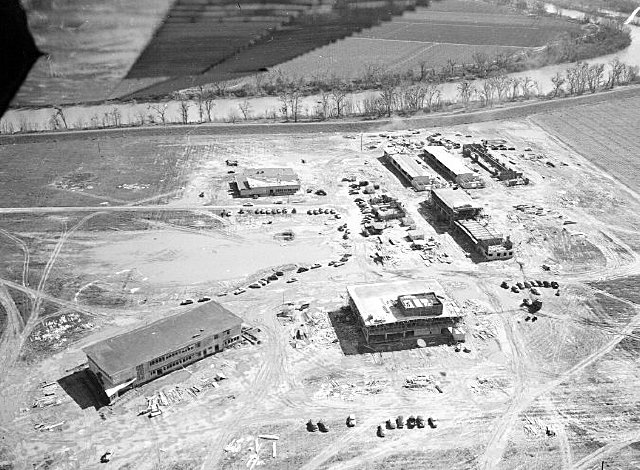
Paved parking lots soon appeared, but later that decade, as Sac State continued to grow, it constructed new buildings on those parking lots and once again made its students park in dirt lots. Adding insult to injury, the state of California intentionally delayed constructing new paved parking lots until it decided whether it would collect fees for parking. Parking fees were eventually instated in 1959, but they encountered challenges.
Upset by the fees, Professor John Linnell successfully sued the state that same year, winning an injunction that prohibited the collection of parking fees until 1963, when an appellate court overturned the injunction. But frustration over parking fees never ceased, and it continued to simmer over the following decades as the availability of parking spaces seemed perpetually smaller than the number of cars showing up every day. A major expansion of parking would not occur until 2004.
While parking was always a source of tension, the large number of commuter students has also impacted Sac State’s culture. The primary outcome has been a relative lack of engagement with on-campus organizations. As one Sacramento Bee article quipped, the typical Sac State student was as follows: “Age: 27. Living quarters: off campus. Politics: none.” The statement was a sarcastic blow at the fact that whereas other colleges were the site of radical student movements during the 1960s, nothing especially noteworthy had occurred at Sac State. And it seemed that nothing had changed by the 1980s because, as one student explained, the experience of being a commuter student was like going to a supermarket. “You get what you need and then you go home.”
Efforts to reverse that trend gained momentum in 2004. In his first year as university president, Alexander Gonzalez sought to remake the campus (Figure 2). In addition to reconstructing lecture halls, a large part of his plan involved constructing on-campus high rise apartments in order to foster the on-campus community that Sac State seemed to lack. Though some surely welcomed his vision, not everyone was eager about it. Several outgoing students voiced skepticism, saying “this is a commuter campus [and] I don’t see that changing.” And, indeed, it dot not really change. Though some changes occurred, including, fortunately for the commuter students, the addition of a multi-level parking garage, Gonzalez’s vision has yet to manifest.
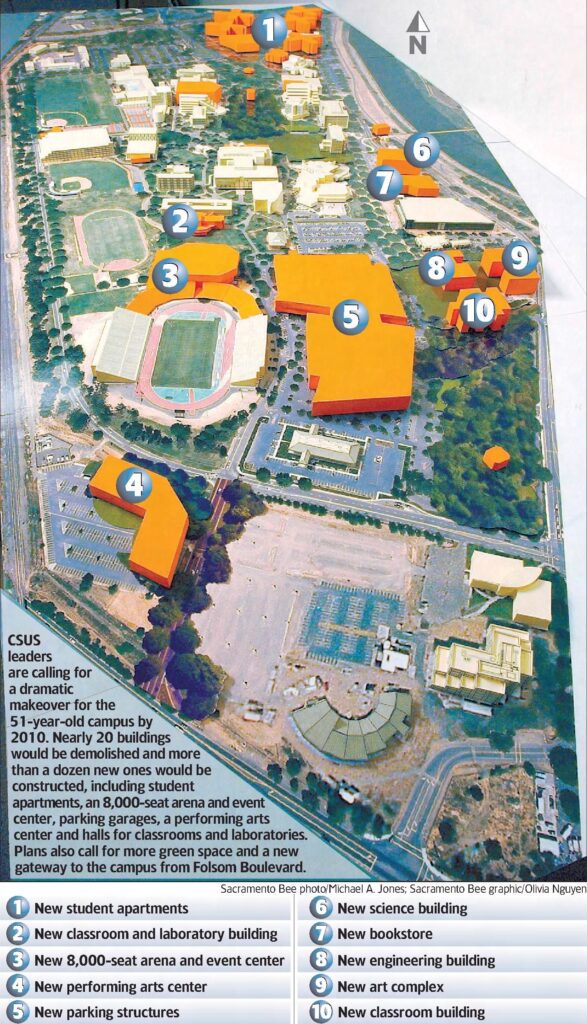
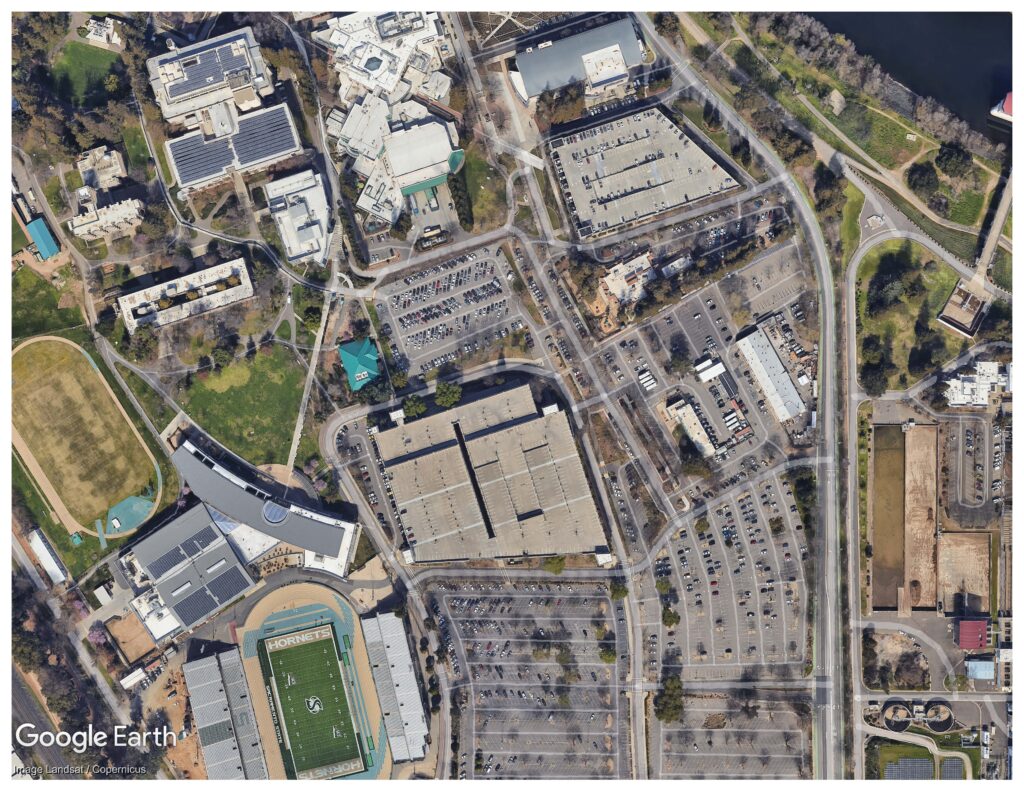
Echoing a national trend, Sac State has become even more of a commuter school, and the same issues remain. Parking is not always available or convenient, and commuter students often participate less actively than students who live on or adjacent to their campuses. Perhaps, efforts to change that will reappear, but for now, we will continue to wait.
References:
Craft, George S., Jr. California State University, Sacramento, The First Forty Years: 1947-1987.
Maxwell, Leslie A. “President’s thinking big, but funding is a question mark,” Sacramento Bee, January 23, 2004, B1.
Regalado, Mariana and Maura A. Smale, eds. Academic Libraries for Commuter Students: Research-Based Strategies. Chicago: ALA Editions, 2018.
Slusser, Susan. “On campus, it’s low-grade playoff fever.” Sacramento Bee, November 18, 1988, C1.
Warren, Catherine A. “Student activism gets little campus support,” Sacramento Bee, November 24, 1983, N3.

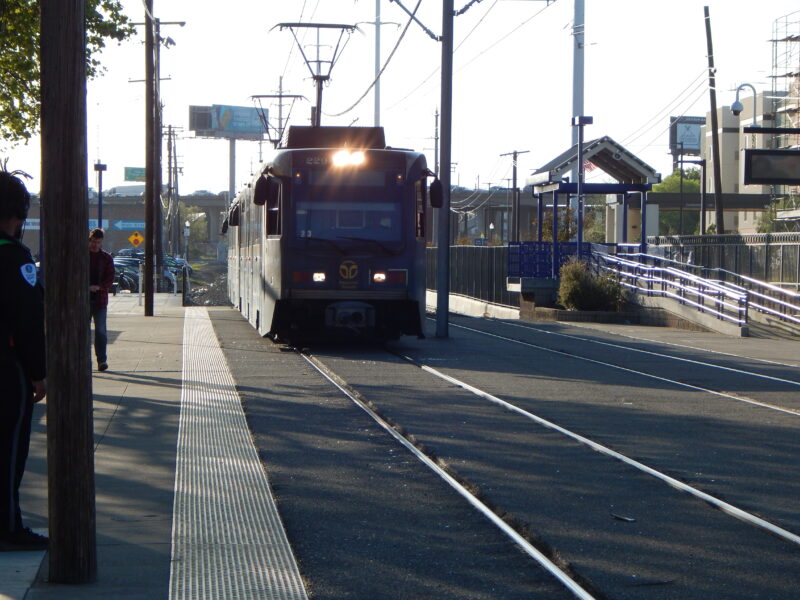
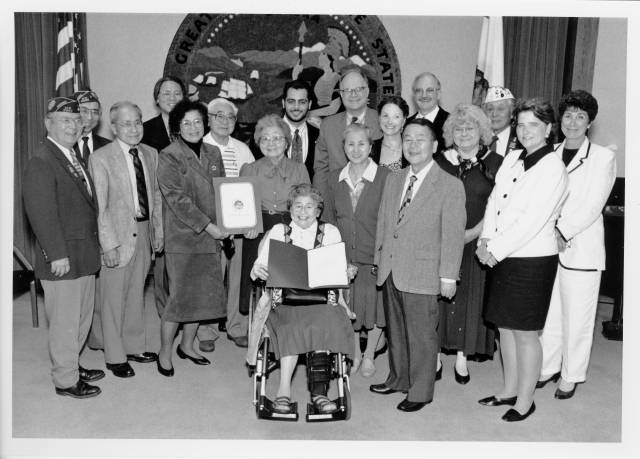
I found this piece really resonated with my experience here at Sac State. I live an hour away up highway 50 and commute down to school every day and many of my classmates say they do the same thing (although many have less of a drive). I can’t believe that parking hadn’t been updated or addressed until 2004. What a long time to not have adequate parking at a fairly sizable college like Sac State. Great job with this piece.
This article is very interesting because I feel I know the struggles of parking at Sac State all too well. I live in Mid Town, so I have about a 10 to 15 minute drive to campus depending on traffic. I have noticed that earlier in the school year the parking lots are practically always full, and then once the semester starts winding down the number of cars there decrease. Maybe that’s because like you said we are a commuter school and maybe students don’t think it’s worth the drive to go to class since they are almost done. I never knew there was so much history about Sac State’s parking, thanks for sharing this information so I could learn something new!
This article was a pleasure to read as a Sac State commuter who lives an hour away and has to leave an additional half an hour to find parking. Nearest to my class which is not closer since all the parking structures are somewhat near together and far from the classes. It was interesting to read the process of how we needed up to this point right now. Let us go back to not having students pay for a parking pass. we pay this significant fee. We have to wait 15 -30 minutes for a small parking spot where ten other cars are trying to get the same as you—great job on this article.
This article was well written and covered topics I never knew. I completely agree that Sac State is a commuter school. I moved to Sacramento from Fairfield to be closer to campus. When I lived in Fairfield it would take me at least an hour and half to commute and 30 mins to park. When you finally find a place to park it was miles away from my class. I thought by moving closer to campus it would make a difference. Unfortunately not. Not to mention, it took a while for them to pave the annex parking. It’s funny that we are still having the same problems that we had in the 1950s.
This was such a well written article, and it’s so crazy that the university has always had a less-than-deal parking situation. As someone who commutes to campus four days a week, there have been days where it literally took an hour to find a parking spot. It’s interesting that the university has tried to shift from being a commuter school to one that has more students living on campus, but I think the biggest reason why it hasn’t changed is due to the high prices of living on or near campus.
Thank goodness we no longer have to park on a “sea of mud”!
I found this article very interesting to read. I am a transfer student at Sac State and parking is my least favorite aspect of taking classes on campus. I live about an hour away from campus, so having to wait in line to leave, one time even for 40 minutes in the parking garage, can be very frustrating. I found the comment from one student about commuting to Sac State to be more akin to the experience of going to the supermarket very relatable. Since I only have one class on-campus, I find it more cost-effective to only pay for 2-hour parking. This does not enable myself or students in similar situations to become more acquainted with resources and clubs available only on campus. This was a very fascinating article to read and I learned a lot about the early days of Sac State’s parking. At least we no longer have to wade through mud to go to class!
This is a very relevant topic to discuss when looking at Sacramento States’ history. Being a commuter myself I have first-hand experience with congested parking lots, frustration in navigating to these lots, and the wasted time to ultimately park. I was unaware that parking had been such a controversial topic dating back to the school’s inception. I would have hated to park my car for class only to return to find it stuck in the mud. I do think that improved parking would increase my own participation in organizations on campus. When you do not have to worry about parking it relieves a lot of anxious thoughts about returning to campus for an event outside of class. This is an excellent look at how parking has progressed over time at Sacramento State and the relative issues that arose.
I found this article very interesting to read. I am a transfer student at Sac State and parking is my least favorite aspect of taking classes on campus. I live about an hour away from campus, so having to wait in line to leave, one time even for 40 minutes in the parking garage, can be very frustrating. I found the comment from one student about commuting to Sac State to be more akin to the experience of going to the supermarket very relatable. Since I only have one class on campus, I find it more cost-effective to only pay for 2-hour parking. This does not enable myself or students in similar situations to become more acquainted with resources and clubs available only on campus. This was a very fascinating article to read and I learned a lot about the early days of Sac State’s parking. At least we no longer have to wade through mud to go to class!
Thank you for the fascinating article, one that touches an issue we face daily as students. I am a transfer student from Sacramento City College and drive to Sac State, Monday through Friday, from the city of Davis. During my New Student Orientation, I was warned by the Orientation leader that in the first two weeks of the semester, I need to give myself plenty of time in order to find a parking spot and be able to show up in class on time. But, after those first two weeks, the situation would change for the better, and finding a spot would not be as challenging. I am thankful for that warning, because on the first day of the semester, it literally took me 25 minutes to find a spot. And when I did, it was a “compact” one sandwiched by two large vehicles on each side. Getting out of my vehicle took another 3-5 minutes, and God bless my peers, some of them simply do not know how to park their vehicles within the assigned parking lot striping. Thank you for the informative background information about our parking lots and the primary materials :o)
Thank you for the fascinating article, one that touches an issue we face daily as students. I am a transfer student from Sacramento City College and drive to Sac State, Monday through Friday, from the city of Davis. During my New Student Orientation, I was warned by the Orientation leader that in the first two weeks of the semester, I need to give myself plenty of time in order to find a parking spot and be able to show up in class on time. But, after those first two weeks, the situation would change for the better, and finding a spot would not be as challenging. I am thankful for that warning, because on the first day of the semester, it literally took me 25 minutes to find a spot. And when I did, it was a “compact” one sandwiched by two large vehicles on each side. Getting out of my vehicle took another 3-5 minutes, and God bless my peers, some of them simply do not know how to park their vehicles within the assigned parking lot striping. Thank you for the informative background information about our parking lots and the primary materials :o)
This is both funny and informative, I have been both a on-campus student ( on a different campus) and purely a commuter student at Sac State. The fight against the fines was a just one and honestly I would love free parking at Sac State, I pay enough for gas as it is. Then there is the mental image of those poor souls that had to dig their cars out of the mud during the rainy season, I can only imagine how many got sick in the following days. Overall a good article it made me laugh and gave me a moment of introspection, thanks.
I want to say thank you for the rather intriguing and entertaining article. I never realized there was such an extensive history about the parking at Sacramento State. I find it relatable due to me being a transfer student who is apart of the commuting student population. Usually a drive to campus is about forty to fifty minutes with minimal traffic. Honestly the comparison to the supermarket where “you get what you need and then you go home” is very relatable because, I often find I drive to campus attend my classes then rush over to the parking garage to head home. Usually rushing because if I’m fast enough I can beat the traffic heading home. I tend to park in parking structure 1, and have learned from this semester to just go straight to the roof parking. Often times the roof usually has plenty of parking spaces. I am really thankful the school no longer have a sea of mud parking lot. I have a strong feeling my car would have probably gotten stuck.